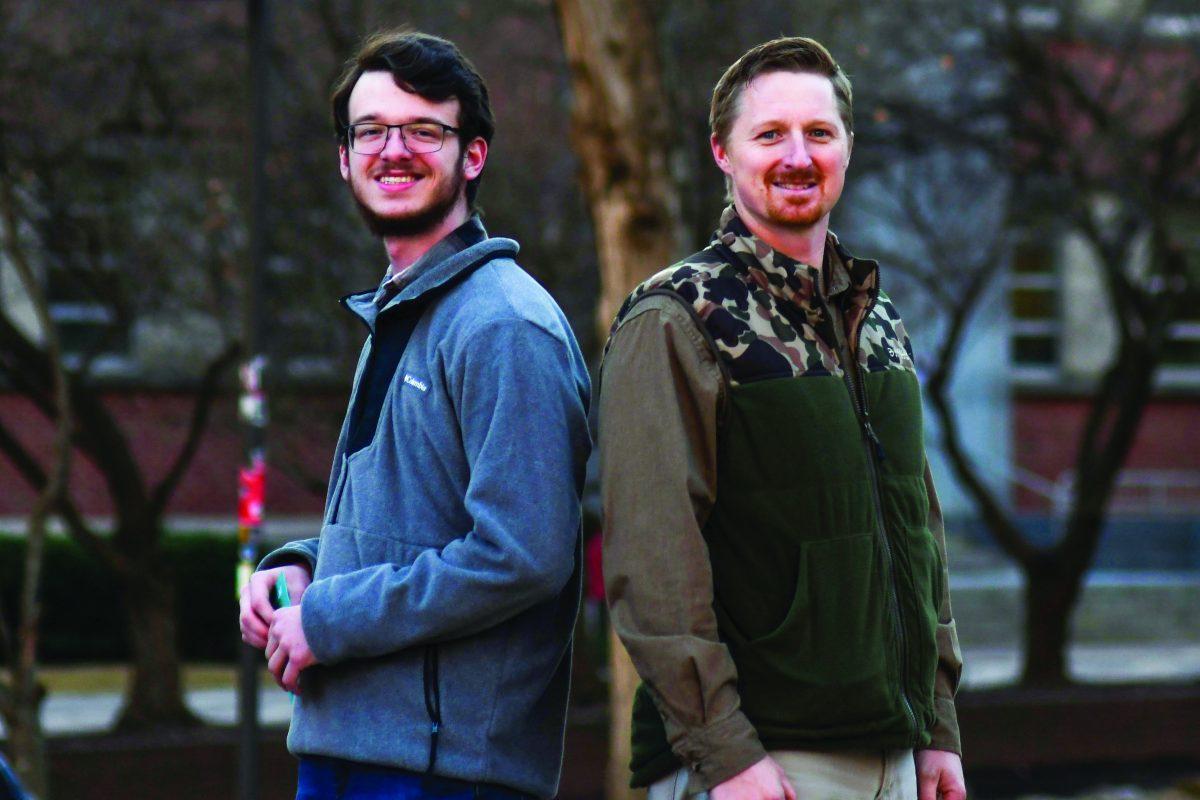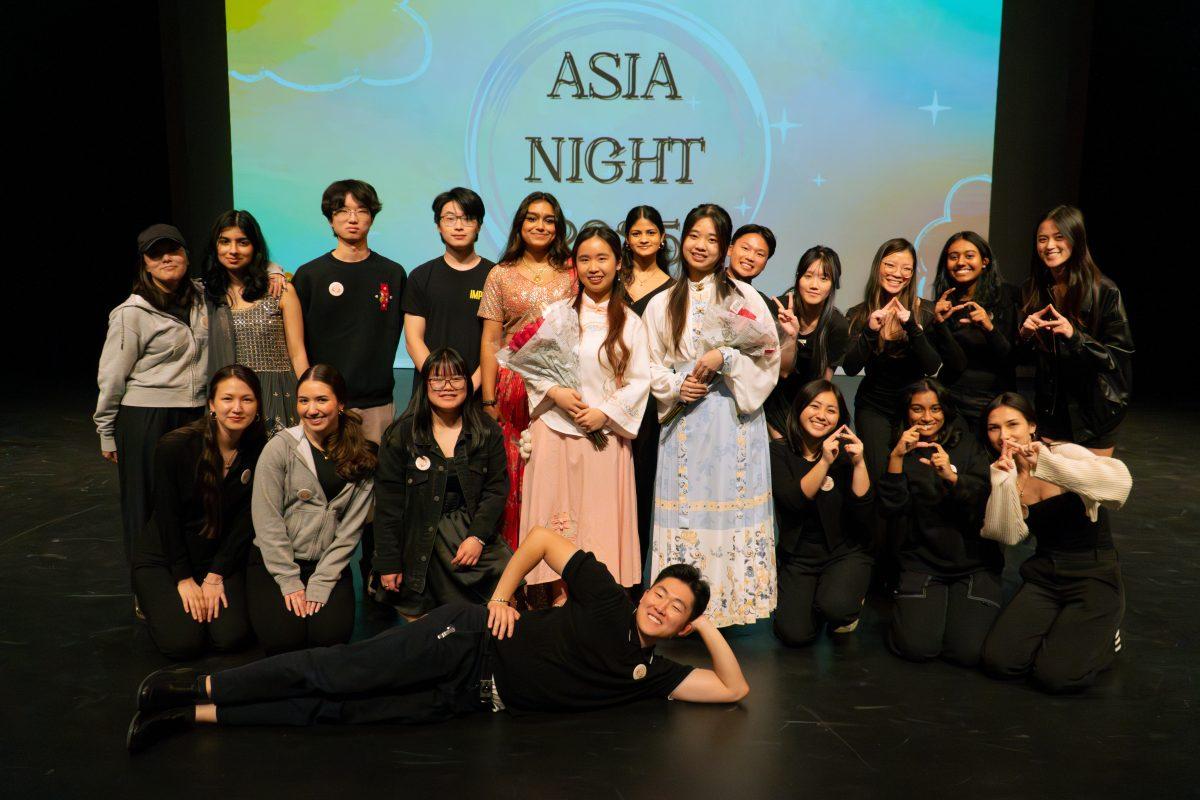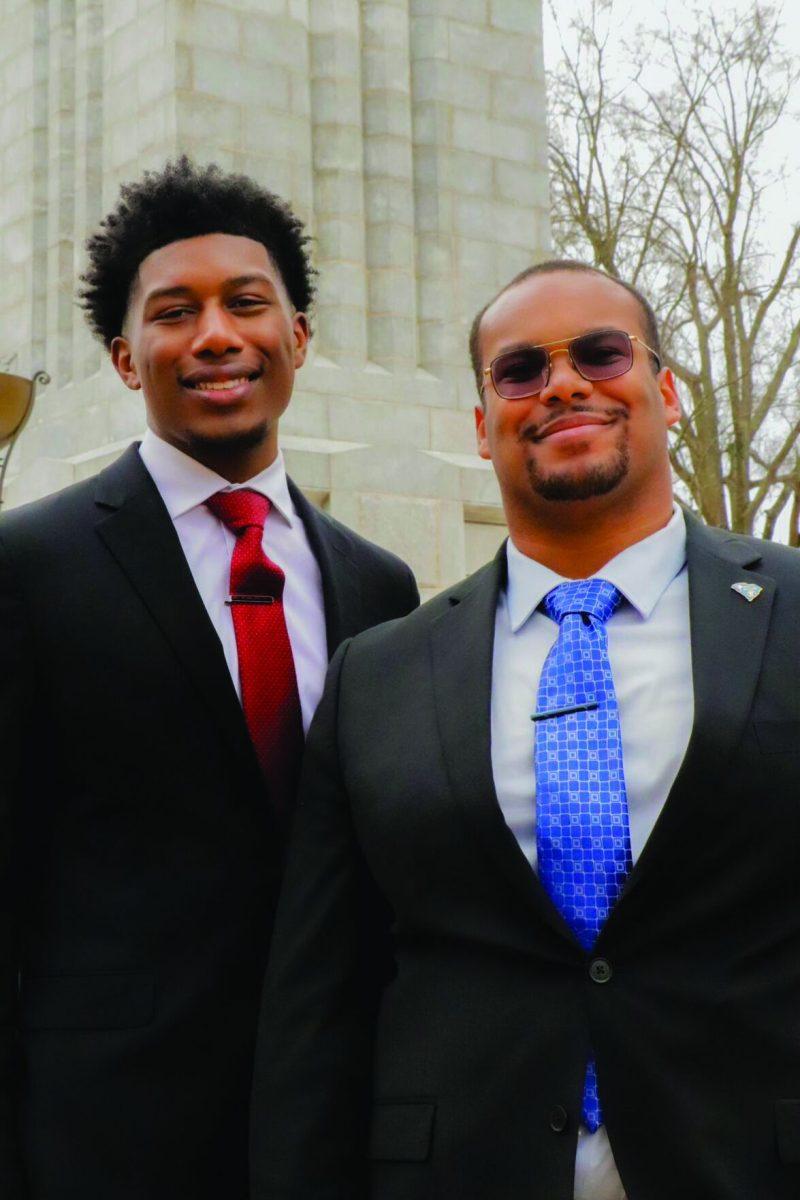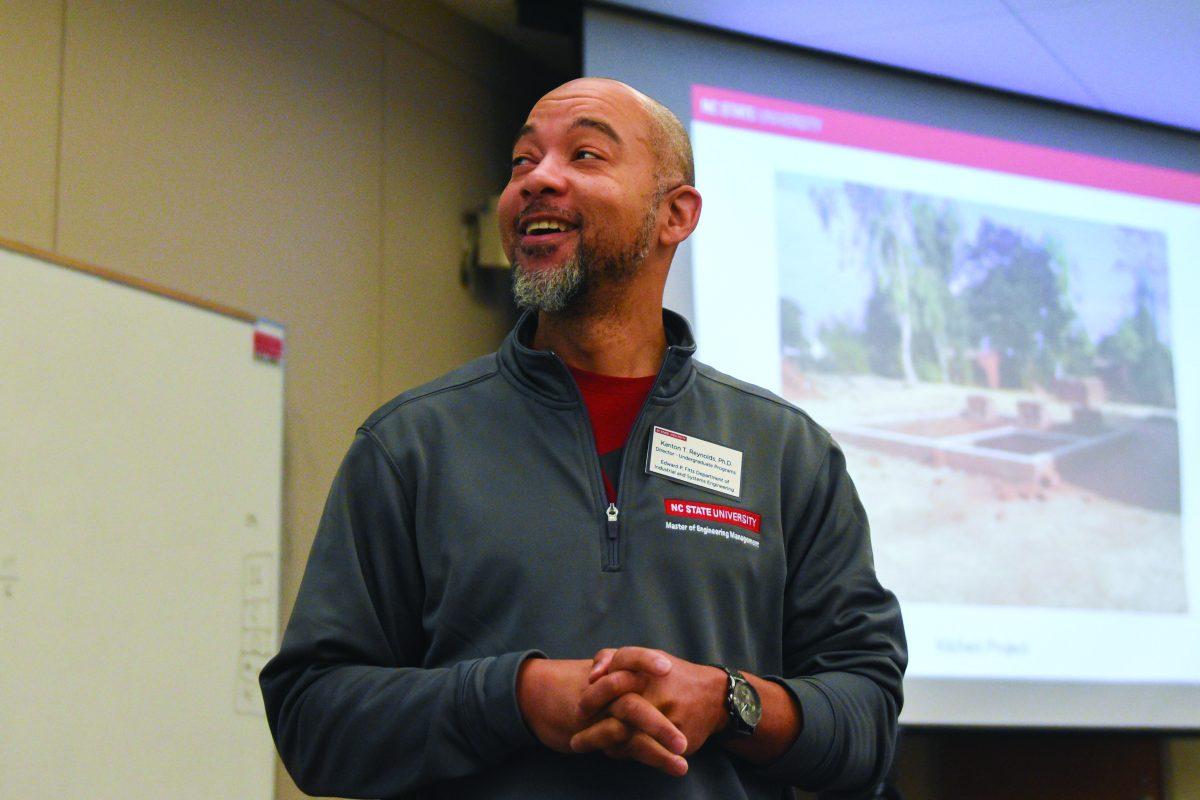NC State has been offering a section of COM 498, an advanced topics course, on sexual communication since 2011. This class is taught by Kami Kosenko, an associate professor with a doctorate in communication.
“We talk about all the ways in which we talk about sex in various contexts,” Kosenko said. “So within our interpersonal relationships, within educational contexts in the form of sex education, in medical settings, with providers in the workplace and issues of sexual harassment. And we also look at other broader issues like sexual violence and sex in various media forms.”
According to Kosenko, this course was the second sexual communcation course to be offered in the country and is open to anyone.
“I would argue that anyone would benefit from learning more about and thinking more about their sexual communication,” Kosenko said. “The main goal of the class is to make everyone in the course feel as comfortable as possible talking about sex so that they can better protect themselves in their own future sexual interactions.”
Adrienne Piche, a fourth-year studying communication, took COM 498 in 2018. According to Piche, the class was a safe space to speak her mind and ask questions.
“We went through how to discuss you know sexual history, consent, sexual health and protection,” Piche said. “But it wasn’t like a sex education class per say; I think she just realized that there’s a gap in sexual education for most students.”
Kosenko focused on the links between communication and health during her graduate studies and worked a part time job at an AIDS hospice. She later turned her focus on how communication affected sexual and reproductive health.
“That had a pretty profound impact on me and made me want to make more of a difference in my academic work than I had thought was previously possible,” Kosenko said. “I was pleasantly surprised to see that communication had already been demonstrated to have such a significant role in things like AIDS prevention and HIV prevention. I’ve done a lot of work looking at communication about sex as it’s experienced by individuals with different sort of life and health related experiences.”
According to Kosenko, the class culminates in a final project students work on throughout the semester with a small group of their choosing. Students work to develop a product or service that could help improve sexual communcation.
“The final project is something that they present at something called the Sexy Shark Tank event.” Kosenko said. “Students work on putting together not only the product, but a pitch for the product, like you would see on the Shark Tank television show. They end up presenting all of that information at the Sexy Shark Tank event, which is judged by people who have expertise in sexual communication.”
According to Kosenko, the event is open to anyone and the group of students that win the event is excused from the final exam.
“It’s been a pretty good incentive for most students, and I found that they work very hard on the project,” Kosenko said. “And I think it’s partly because they’re interested in it, but also because there is some motivation to do it as well as possible to get out of other work in the class. I don’t have a date for it just yet, but it will be at the end of the semester. It’s open to the public and free of charge. We would love people to come out and see what the students have been working on, and to see the various entrepreneurial skills that they have.”
According to Piche, her group decided to create a subscription box for LBGTQ+ youth with sexual education materials for their project, and they won the event.
“If there is discussion about sexual education, it’s only heteronormative relationships, so we saw that there was a real lack of education there, especially for people that were under age,” Piche said. “We thought, you know, ‘What was a way we could get people information easily?’ We came up with a subscription box where you could fill out a questionnaire and the box would be catered to your orientation.”
According to Kosenko, those uncomfortable or reluctant to take the class will be the ones who benefit the most from the course.
“I would encourage those people to give it a second thought or a second chance,” Kosenko said. “I would encourage people to get outside of their comfort zone, because there is a lot of room for improvement in this area, and it will benefit their health in the long run.”














